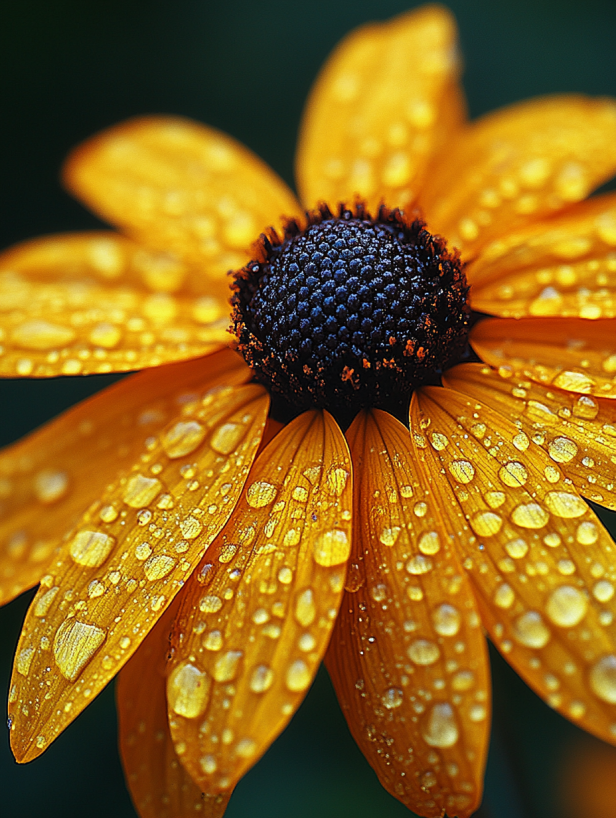
Black-Eyed Susans (Rudbeckia hirta) and lavender (Lavandula) are two of the most beloved flowers in gardens worldwide. Their vibrant colors, unique textures, and complementary characteristics make them a perfect pairing for any floral arrangement or garden design. In this article, we’ll explore the beauty of Black-Eyed Susans, the calming allure of lavender, and how these two flowers can be combined to create a stunning visual and sensory experience. Each paragraph is accompanied by a MidJourney prompt to help you visualize these floral wonders.
Black-Eyed Susans: A Burst of Sunshine
Black-Eyed Susans are iconic wildflowers known for their golden-yellow petals and dark brown centers. These hardy perennials bloom from mid-summer to early fall, bringing a touch of sunshine to any landscape. Their daisy-like appearance and cheerful demeanor make them a favorite among gardeners and pollinators alike.

The Many Faces of Black-Eyed Susans
There are several varieties of Black-Eyed Susans, each with its own unique charm. From the classic Rudbeckia hirta to the taller Rudbeckia fulgida, these flowers come in shades of yellow, orange, and even red. Some varieties have double petals, while others feature a more traditional single-layer bloom.

Lavender: A Fragrant Delight
Lavender is synonymous with tranquility and elegance. Its slender, purple spikes and silvery-green foliage create a soothing contrast to the boldness of Black-Eyed Susans. Known for its calming fragrance and medicinal properties, lavender is a versatile plant that thrives in sunny, well-drained soils.

The Art of Combining Black-Eyed Susans and Lavender
When paired together, Black-Eyed Susans and lavender create a harmonious blend of color, texture, and fragrance. The vibrant yellow of the Susans contrasts beautifully with the soft purple hues of lavender, while the spiky lavender flowers add height and structure to the arrangement.

Designing a Mixed Floral Pot
To create a stunning mixed pot, start by selecting a large container with good drainage. Plant Black-Eyed Susans in the center, allowing their bright blooms to take center stage. Surround them with lavender plants, ensuring they have enough space to grow and spread. The result is a dynamic arrangement that delights the senses and attracts pollinators.

Caring for Your Black-Eyed Susans and Lavender
Both Black-Eyed Susans and lavender are low-maintenance plants, making them ideal for gardeners of all skill levels. Ensure they receive plenty of sunlight and well-drained soil. Water the Susans regularly, but be cautious not to overwater lavender, as it prefers drier conditions.

The Symbolism of Black-Eyed Susans and Lavender
Black-Eyed Susans symbolize encouragement and motivation, while lavender represents purity, serenity, and devotion. Together, they create a meaningful combination that can uplift the spirit and bring a sense of calm to any space.

Conclusion: A Perfect Floral Pair
Black-Eyed Susans and lavender are more than just beautiful flowers—they are a testament to the wonders of nature. Whether planted in a garden or combined in a pot, their vibrant colors, contrasting textures, and complementary characteristics create a visual and sensory masterpiece. Let these flowers inspire you to create your own floral symphony.
